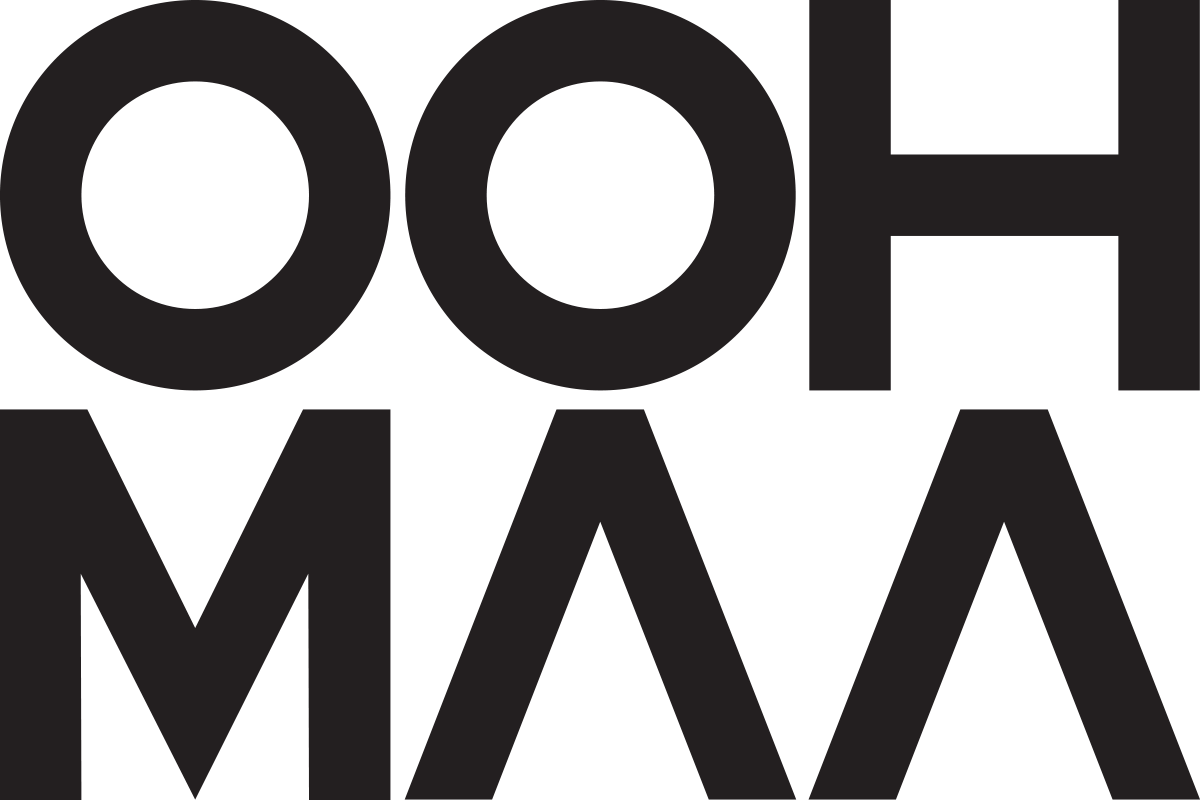Is there really a ‘new normal’ after COVID? The answer may surprise you
As we near the end of 2022, we note that city centres and busy commutes seem to be returning to pre-pandemic levels (great for the Out of Home industry, but not daily commutes). OOHMAA traffic monitoring shows that most centres are seeing traffic levels >100% for rolling YOY measures, TomTom traffic congestion is showing higher levels than 2019 benchmarks and Google Mobility is showing workplace and home mobility re-balancing to what would have been expected post-pandemic.
During the pandemic, there were widespread claims of a post-pandemic ‘new normal’, particularly in regards to work-from-home patterns. The thinking was that people would be reluctant to return to work full time, after enjoying the work-life balance working from home enabled. Seeing what we see in the marketing and advertising industry, where most people are ‘back to work’ a majority of the time, the question was is the new normal real, or have we returned to the old normal and simply reverted back to life pre-COVID.
Surprisingly, there are no official stats that we could find, published on this theme. JCDecaux completed its own study in Sept and Nov to try to understand this and give brands some view of work and behaviour patterns.
Insights include:
Pre-pandemic, approx. 16% of people worked from home regularly
In level 4, 42% were suddenly working from home (and 35% could not work due to restrictions)
By September 2022, only 10% had not returned to their workplaces (of those being able to i.e. not essential workers who worked through the pandemic). 50% were working a hybrid model and 40% were doing all work at their place of work
By November 2022, the hybrid workers had dropped by 16% and all workplace workers grew by 12%. Hybrid workers were also doing fewer hours from home between Sept and November 2022 – a trend we expect to continue.
75% leave the house as much as they did pre COVID
6 in 10 agree they are pretty much back to normal in terms of work
Only 2 in 10 feel that the ‘new normal’ is real and was not overstated
What was noted was more flexibility – longer commutes in the morning and earlier rush hours from the mid-afternoon. People working part days or shorter days – flexibility was not always fewer days in the ‘city’ but different patterns of movements. TomTom traffic congestion tells us that Mondays and Fridays have lower congestion vs 2019, suggesting there are some more regular WFM days. Kiwis are noted for working hard, and comparing this study to WFH levels in Australia and the UK, indicates kiwis have returned to workplaces more quickly – likely due to less intensive commutes.
JCDecaux has been tracking mobility away from home (leaving home >2 days a week) since December 2021. What was 53% then is now 78%. Whilst there is not a pre-COVID benchmark, Google mobility figures are a good indication that home and workplace mobility is within 5% of pre covid levels overall.
An easily digested Infographic of this study can be found here or for the full report, please reach out to Vic Parsons at JCDecaux.

